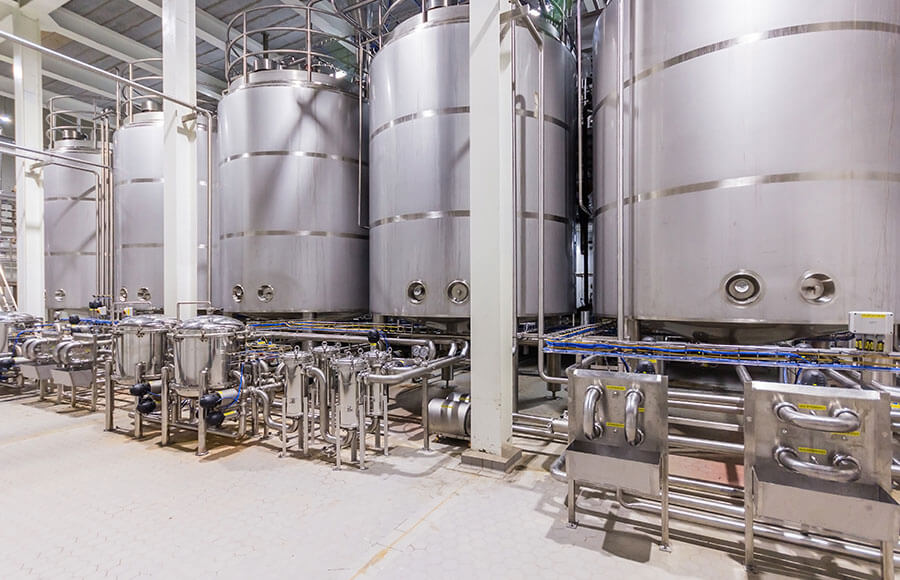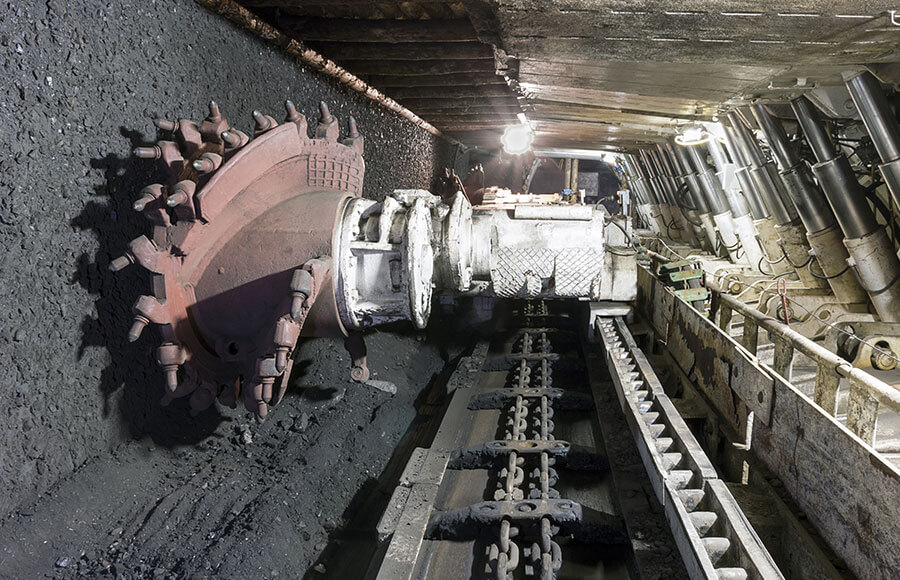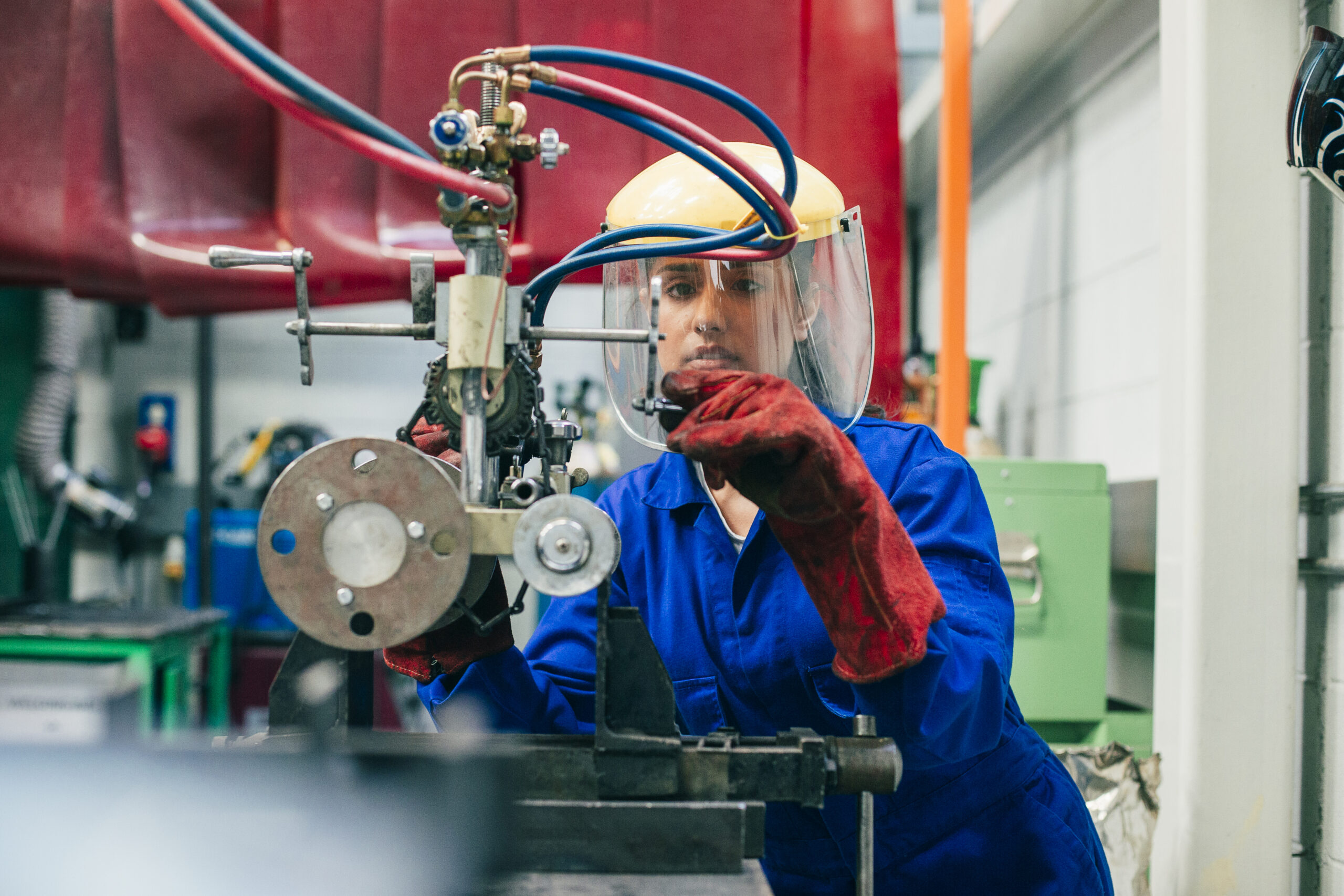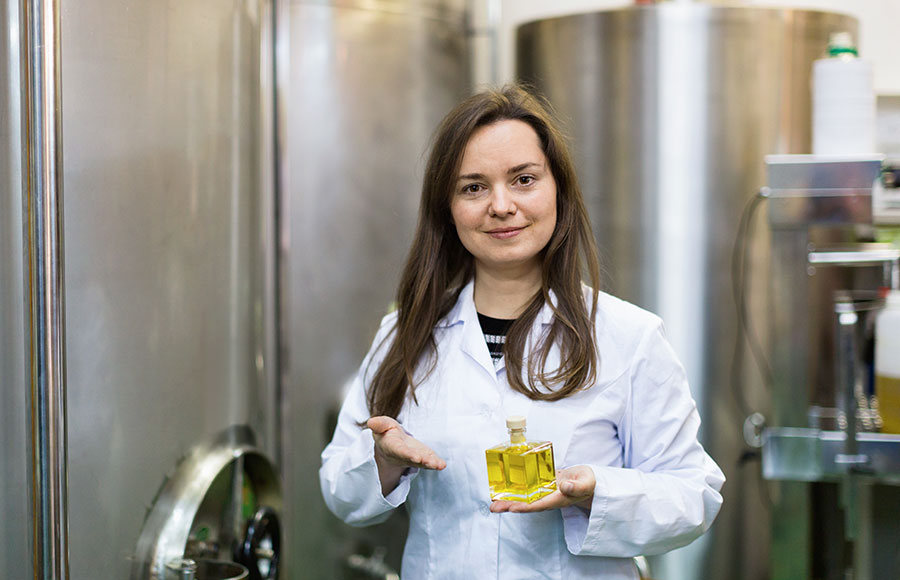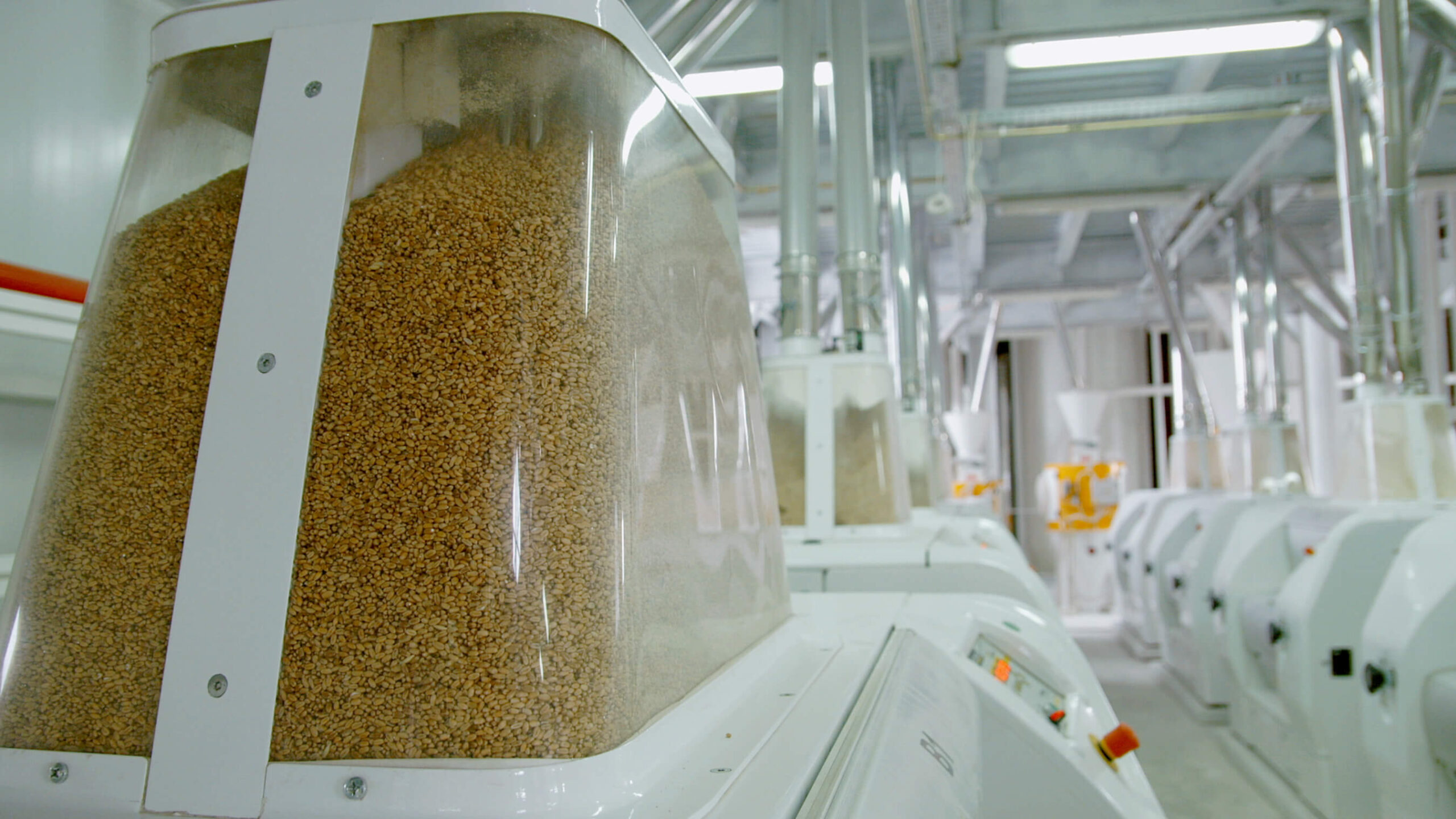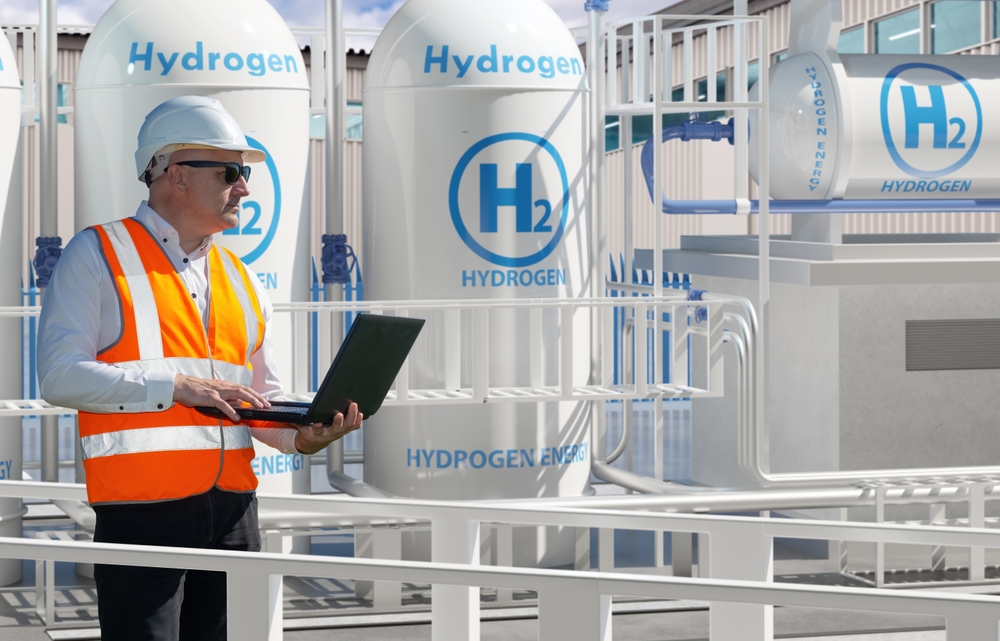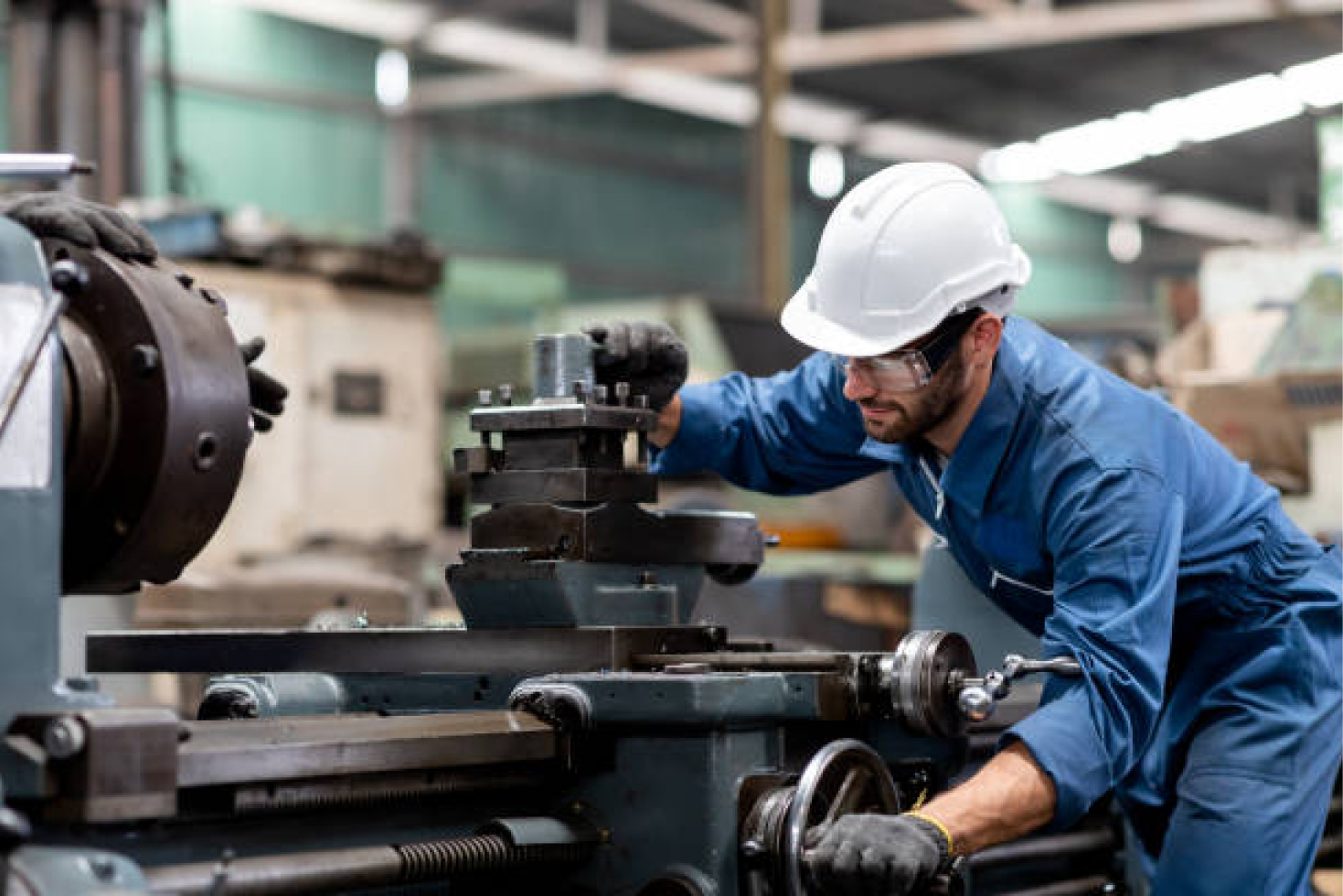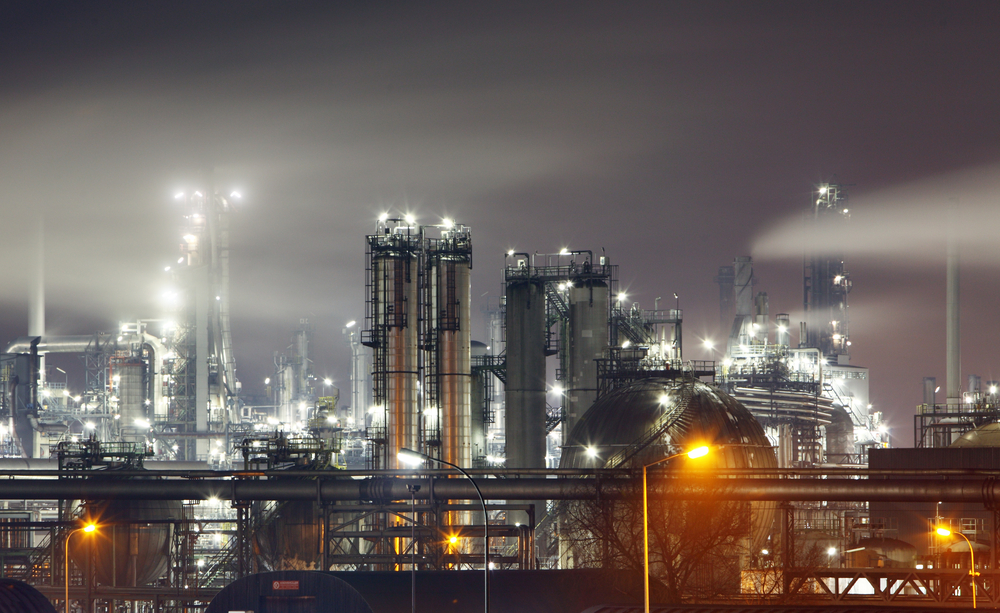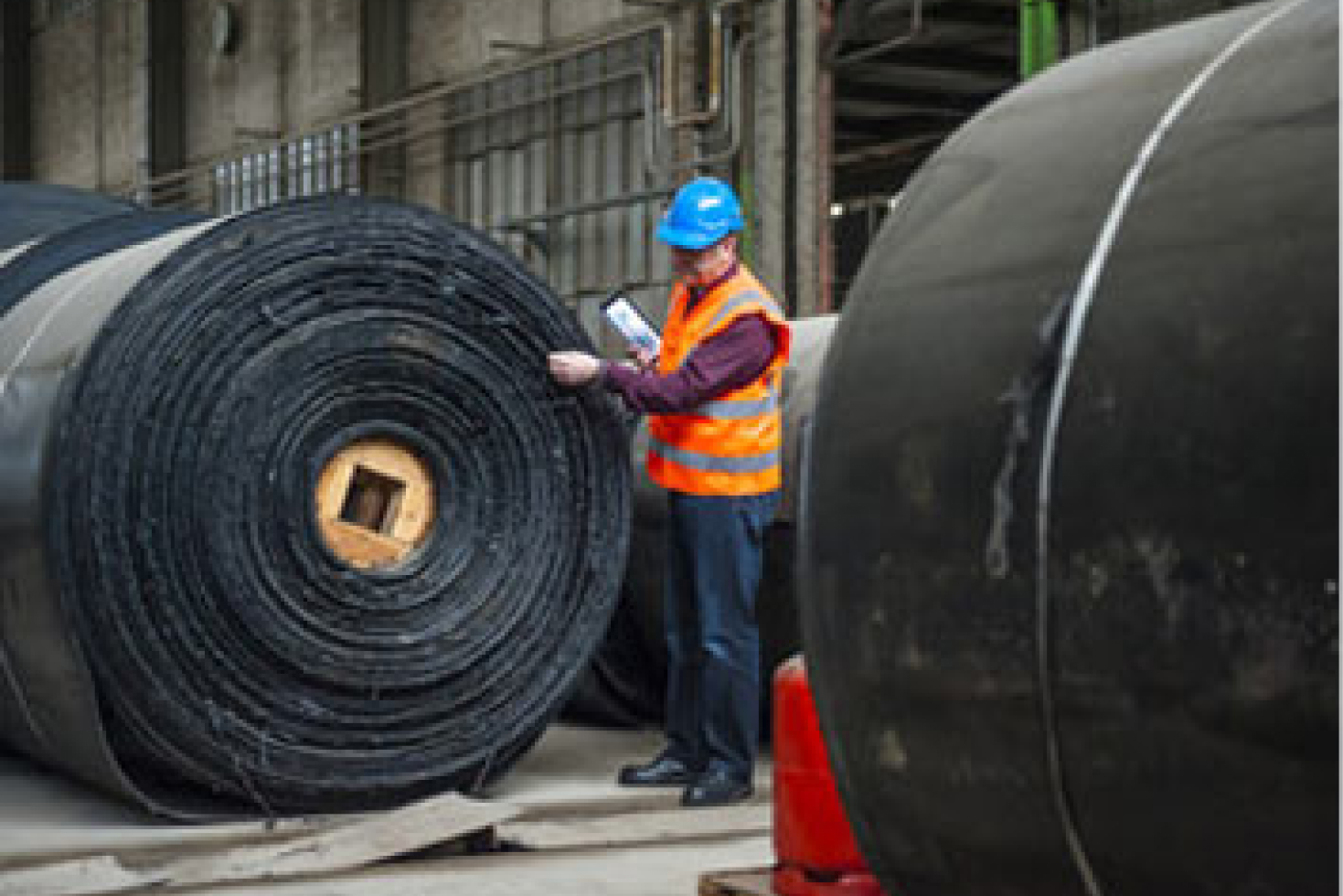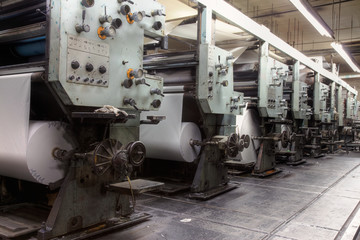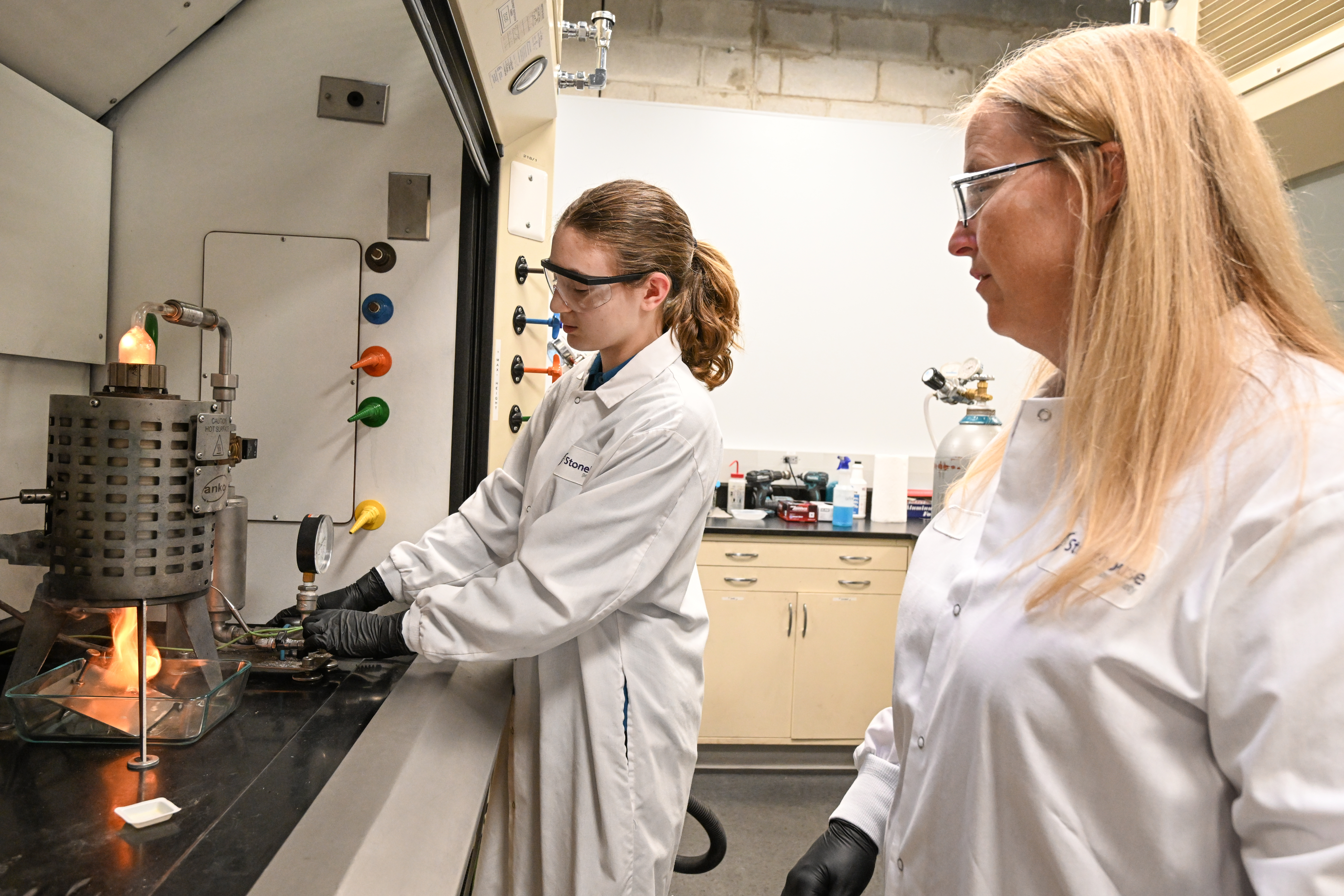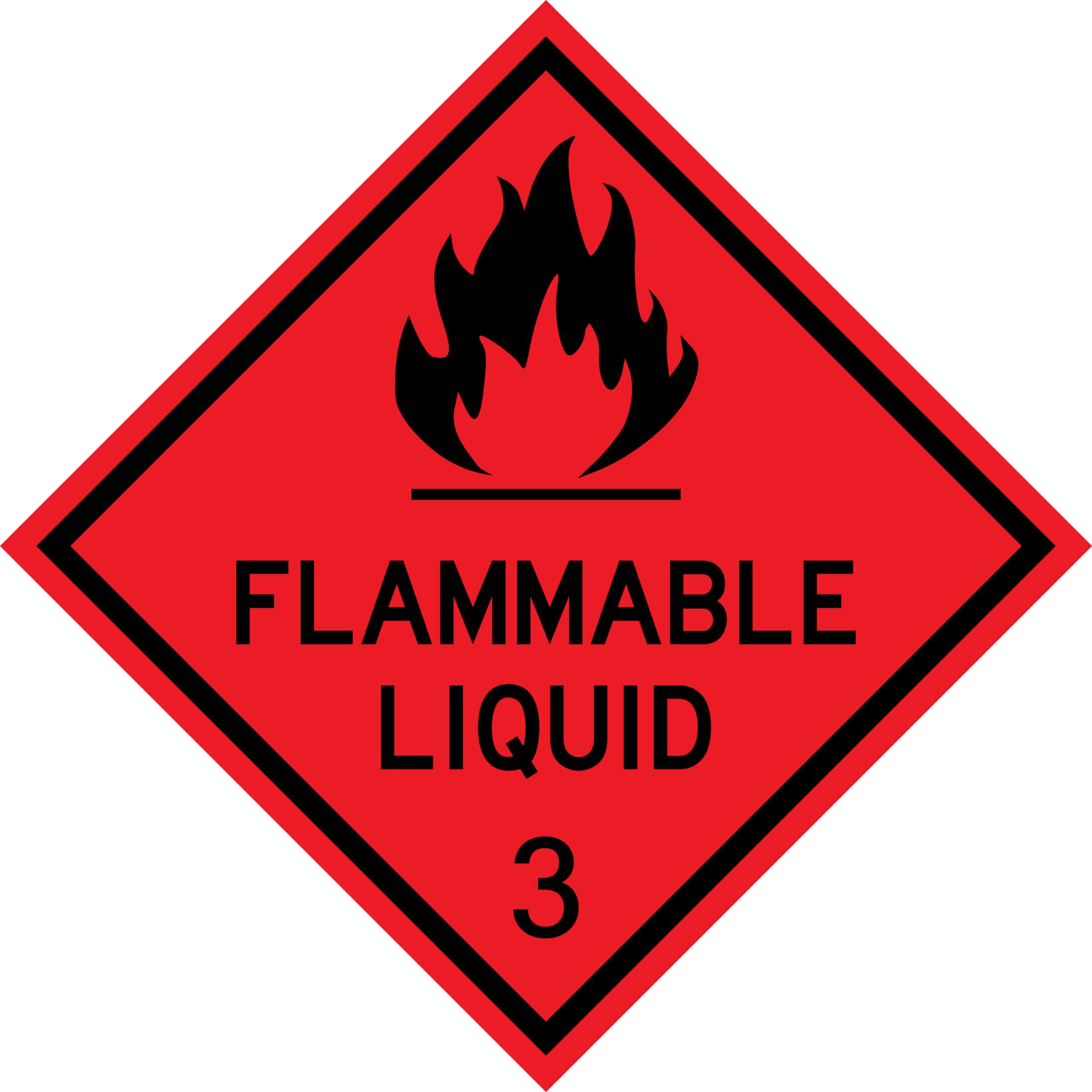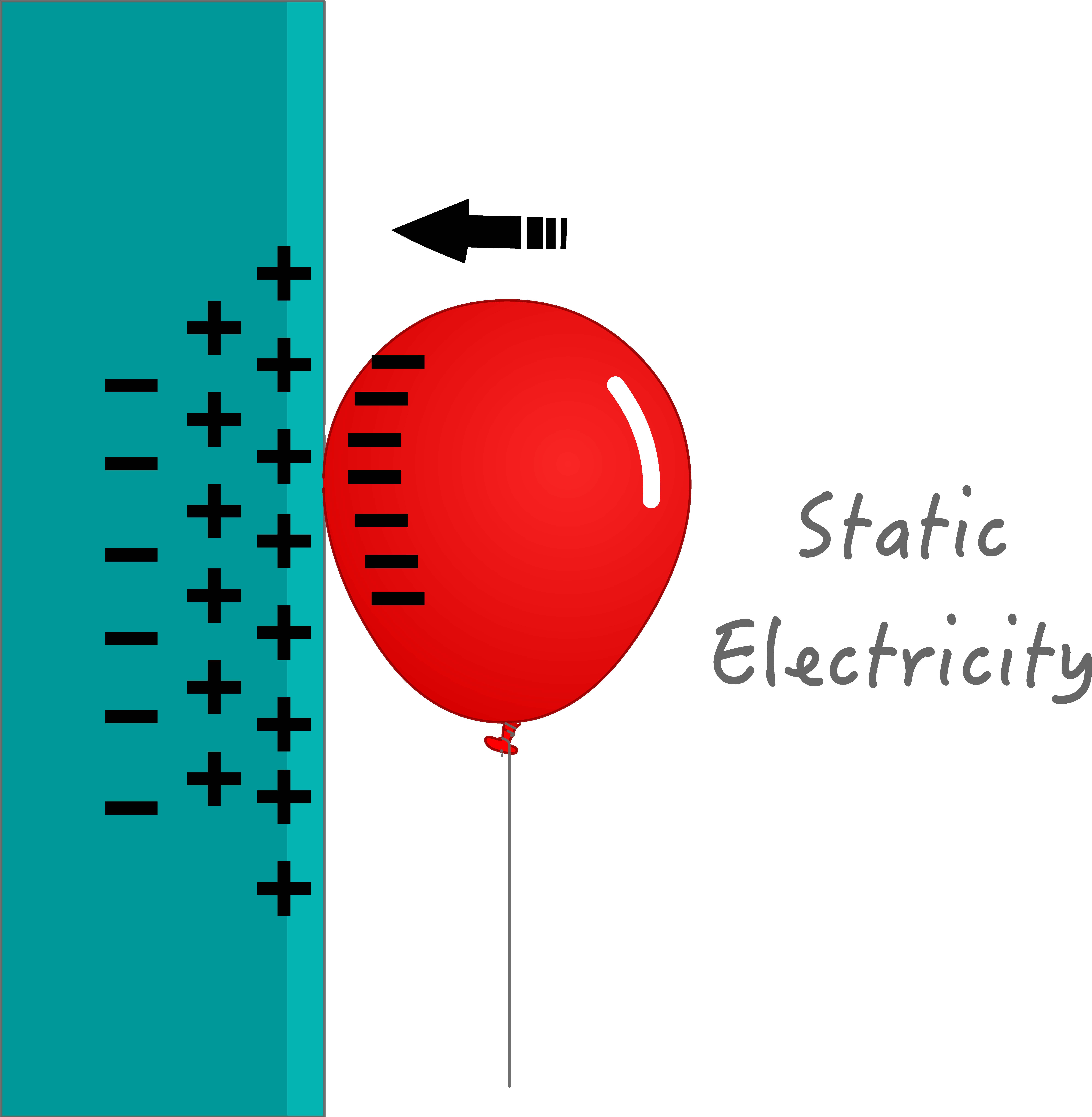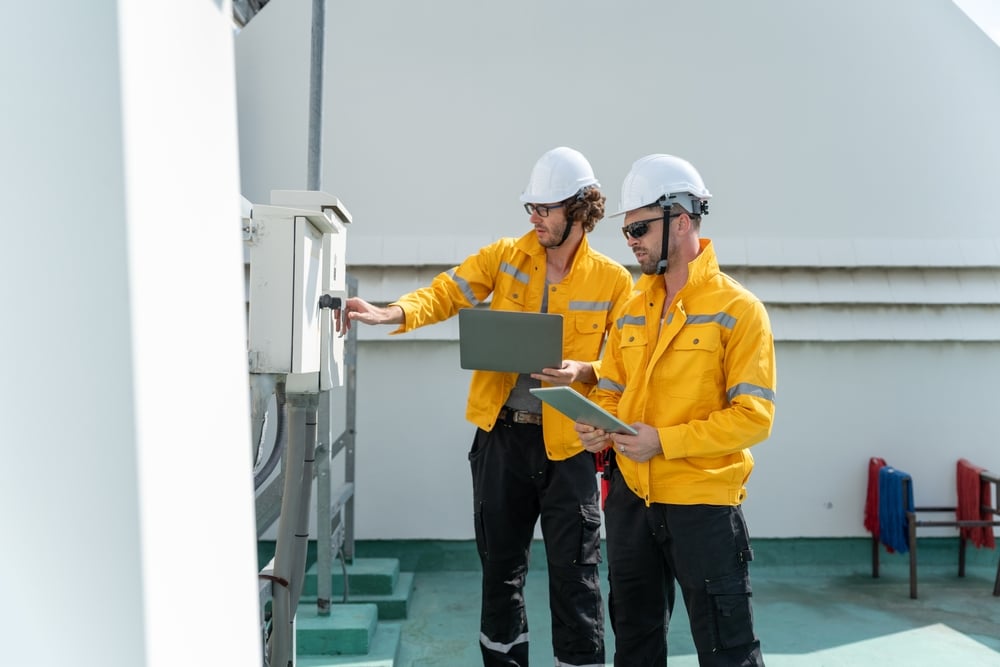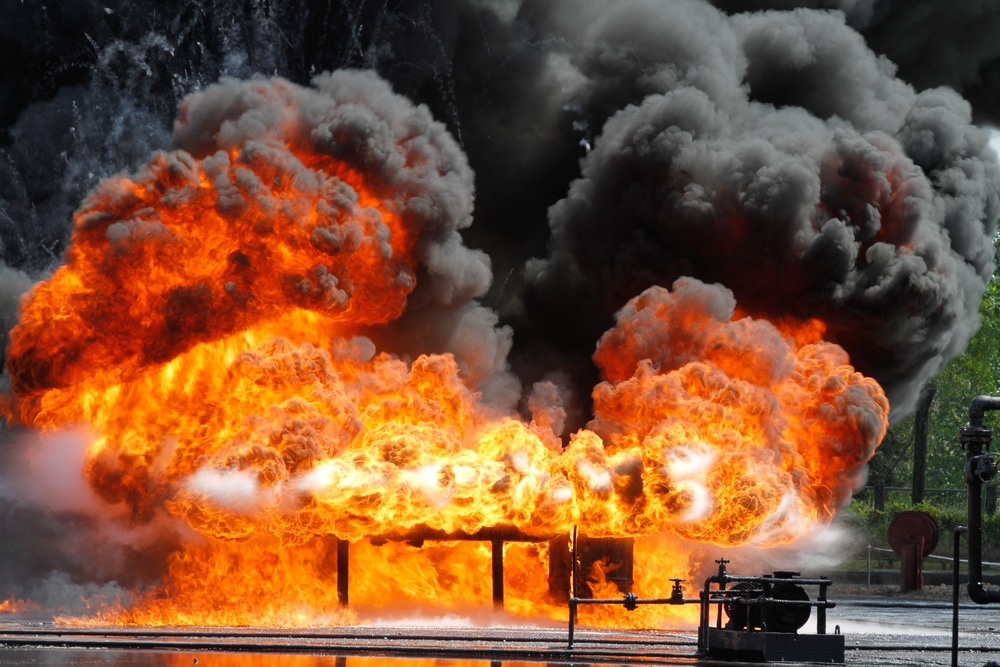Helping industry respond to risk, not just incidents
Ensuring the wellbeing of your people, integrity of your plant, and continuity of your business.
What we do
We are experts in process safety management.
We make industrial operations and processes safer.

Consulting
Providing a range of consulting services aimed at identifying, preventing, and managing risks associated with industrial processes.
We identify hazards, evaluate risks, propose practical solutions, and support safety measures implementation.

Laboratory Testing*
Providing comprehensive laboratory testing services to support clients in assessing and managing process-related hazards.
We test your materials to determine explosion, fire, thermal stability related properties – and more.

Training
Providing training programs to enhance the knowledge and skills of personnel involved in process safety.
We run On-demand, In-company and Virtual-live courses and modules to take when you choose.
*Stonehouse operates an ISO/IEC 17025:2017 accredited laboratory, demonstrating technical competence for a defined scope and the operation of a laboratory quality management system.
*Stonehouse is fully certified and authorized by the DEA to handle, store, and test controlled dangerous substances (Schedules I–V).
We support you as your trusted partner: preventing explosions, fires and accidental material releases.
Big firm experience, small firm agility
We blend our practical industry experience from working with companies of all shapes and sizes, with the flexibility, agility and relationships of a smaller firm.
Complex challenges, practical solutions
We provide solutions that can be tested and implemented quickly, based on extensive industry experience and academic knowledge.
Translating standards, simplifying language
Our ability to deeply understand the regulatory environment means we can translate that and more into useable, human language.
Specialists in our field, experts in process safety
We have an exclusive and highly experienced workforce, often academically awarded, with deeply rooted experience in industrial process safety, not safety in general.
Return on investment that’s more than financial
We’re able to deliver the reassurance that your technical stakeholders need, through proactive risk mitigation, helping you defend investment where necessary.
Blog

About us
We are Stonehouse: process safety specialists with a very specific objective.
We pair deep practical knowledge and academic rigor with industry best practices to identify, assess, and preempt hazards before they become real events.

Cases in the news
Perhaps one of the best ways to learn about process safety is to study the experiences of others. We are bringing to you our narrative on some process safety incidents that have been in news.
-
Sawdust Explosion – Dust Hazard Analysis (DHA)
-
Dust Cloud Flash Fire at Festival – Combustible Dust
-
Powdered Milk Dust Cloud Explosion – Combustible Dust
-
Food Ingredients; explosibles that make you think
-
Coal Dust Cloud Explosion in Milwaukee Silo
-
Flammable Vapor Fire & Explosion in Wisconsin- OSHA Investigating
-
Magnesium Dust Explosion in Detroit
-
The Delayed Dust Explosion
-
Explosion in Particle Board Production; Friction/Impact ‘Sparks’
-
From flash photography to factory explosions over 130 years – Michigan
-
Electrostatic Spark Causes Explosion
-
Grain Fire at Malt Facility
-
Avoiding the Big One – Risk of Dust Explosion











